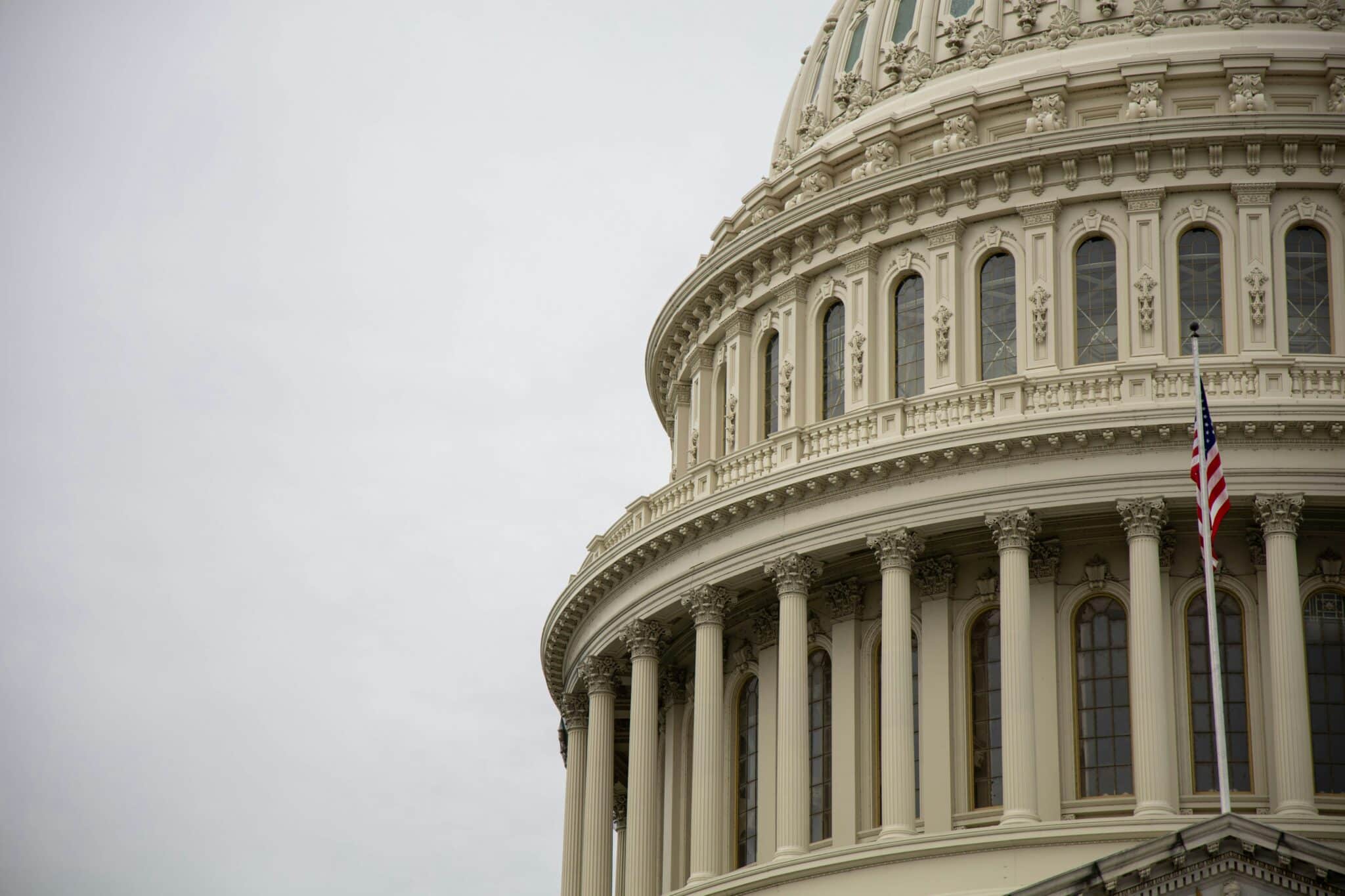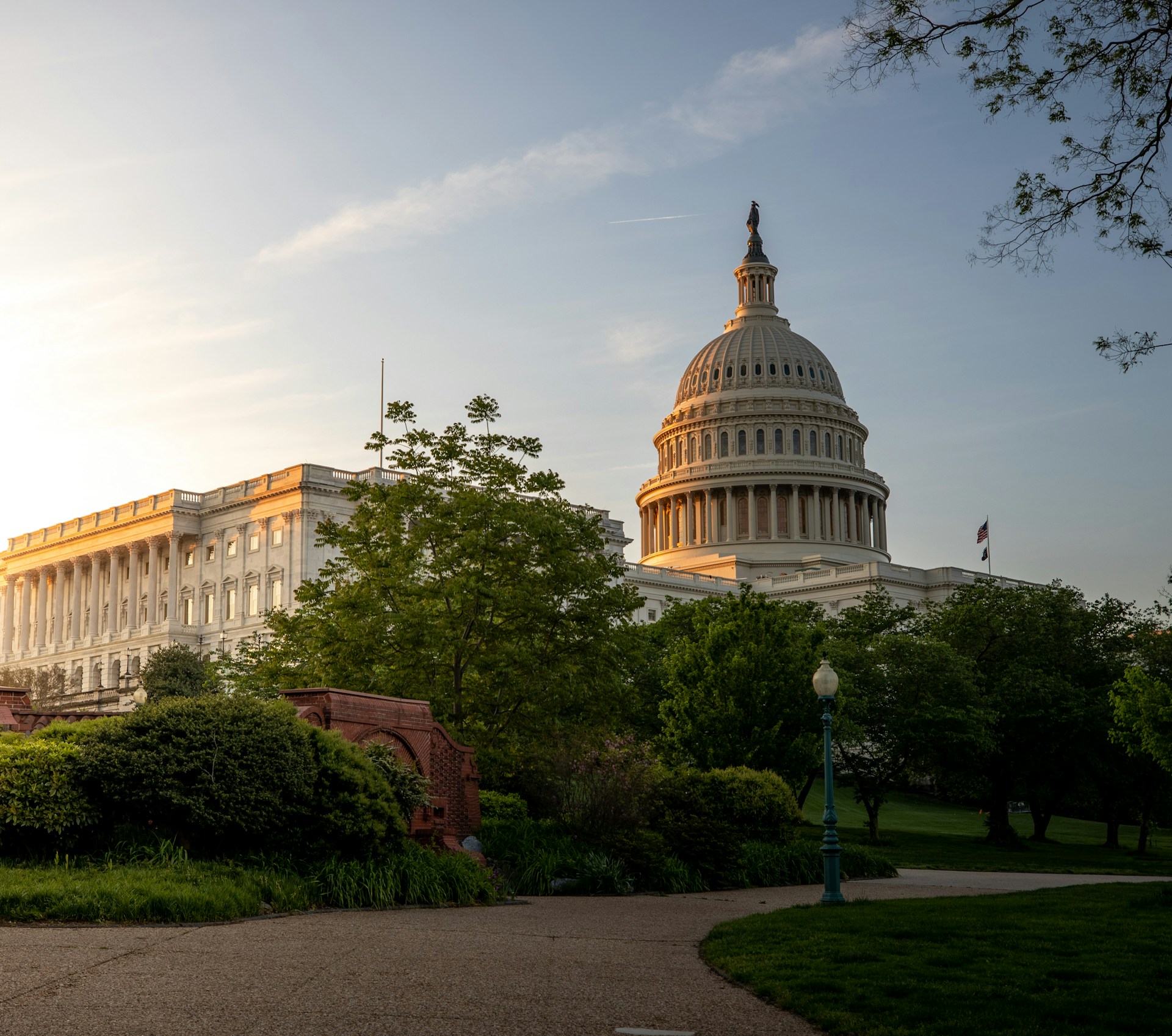View/Download this article in PDF format.
Oil and gas companies that drill offshore or on public lands are required to pay for the oil and gas they remove in the form of royalties. However, because of out-dated energy policy and mismanagement of royalty collection, oil and gas companies often pay little to no royalties to the owners of the resources—U.S. taxpayers. At a time when oil companies have experienced five years of record profits, there is no need to subsidize the industry with royalty holidays. With prices at more than $80/barrel, and predicted to increase, the industry has ample incentive to produce more oil without taxpayer subsidies.
The Federal Oil and Gas Royalty System
According to the Government Accountability Office, oil and gas royalties comprise one of the largest non-tax sources of revenue for the federal government. In 2008, the Minerals Management Service (MMS), the federal agency within the Department of Interior (DOI) charged with collecting and oil and gas royalties, reported collecting $12.5 billion in royalties, $8.9 billion of which came from offshore leases. Until recently, royalties could be paid to MMS in dollars as a percentage of the cash value of oil or gas produced and sold, or they could be paid “in-kind,” whereby payment is calculated as a percentage of oil or natural gas produced and paid in the form of the commodity itself. In September 2009, Interior Sec. Salazar announced the termination of the Royalty-In-Kind (RIK) program, citing program mismanagement and failure to collect adequate in-kind payments for oil and gas leases. TCS has continuously called for the elimination of this program and applauds Sec. Salazar’s decision, but this is only the first of many needed oil and gas royalty reforms.
All publically owned leases are currently subject to royalty fees of 12.5% for onshore leases and 18.75% for all water depths, except for instances where royalty suspension, or “relief,” applies. However, DOI has not conducted a comprehensive evaluation of its federal oil and gas fiscal system in over 25 years, and royalty collection procedures need to be updated to ensure taxpayers are receiving a fair and equitable return, as mandated by the Outer Continental Shelf Lands Act. According to Wood Mackenzie, an energy research and consulting firm, the U.S. “government take” from oil royalties ranks 93 out of 104 and in the bottom half in pricing stability. In 2007, oil and gas companies drilling on public lands and waters made $75 billion in profit and paid the federal government a total of only $9 billion in royalties.
The 1995 Deep Water Royalty Relief Act: Billions in Taxpayer Losses
In the Gulf of Mexico, the federal government has been giving royalty “relief” to oil and gas companies since 1996 to drill off-shore. The 1995 Deep Water Royalty Relief Act (DWRRA) provided royalty “relief,” up to certain production volumes, for leases sold from 1996-2000 in water 200 meters or deeper that are west of the Florida/Alabama boundary. Pre-1996 and Post-2000 leases can also apply for relief on a case-by-case basis.
While only a few of the leases have come online, this is already a multi-billion-dollar giveaway. At the time the law was passed, oil and gas prices were only $18/barrel and royalty “relief” might have seemed like a small incentive for drilling, but DWRRA has since become one of the biggest subsidies the oil and gas industries receive— the total cost to taxpayers could total up to $53 billion in the next 25 years. The Supreme Court had the opportunity to overturn this massive giveaway in October, but neglected to hear the case allowing the subsidy to stand.
Leases issued under the act were originally intended to include price thresholds, which phase out royalty relief when oil or natural gas prices exceed certain levels ($28/barrel for oil and $3.50/MMBtu for gas, adjusted for inflation every year since 1994). As of 2009, the thresholds are $37.59/barrel for oil and $4.70/MMBtu for natural gas. Yet due to a reported clerical error, leases signed in 1998-1999 did not include price thresholds making leases from these years exempt from paying royalties even when oil and gas companies are making large profits. Although some of the leases have been renegotiated, the lack of price thresholds in leases issued during these two years has already cost taxpayers more than $1 billion and is expected to cost a total of $10 billion in lost revenue.
Additional Royalty Relief
In 2004, royalty relief was extended to gas in shallow waters under the MMS’ “Deep Gas in Shallow Water” (DGISW) program. The program allows DOI to exercise its authority under the Outer Continental Shelf Lands Act and grants royalty relief to wells drilled in less than 200 meters of water that produce gas from intervals below 15,000 feet. The relief under DGISW applies to wells where drilling began on or after March 26, 2003, and production began on or before May 3, 2009. Section 344 of the Energy Policy Act of 2005 further expands royalty relief to all excavation sites in shallow waters (less than 400 meters) with deep wells (more than 15,000 meters). In addition, section 345 of the Act makes deep water relief mandatory for all sites 400 meters or deeper. As a result, the Interior Secretary no longer has the authority to charge royalties for these leases even on a case-by-case basis. In 2007, the Secretary of the Interior raised the royalty rate on all future deep water leases in the Gulf of Mexico to 18.75 percent; but royalty relief continues for leases that have already been sold.
Litigation
Section 304 of DWRRA grants royalty relief to all DWRRA leases signed between 1996 and 2000, up to certain production volume thresholds. With the exception of leases from 1998-1999 which excluded price thresholds, DWRRA leases are required to pay royalties when gas prices exceed a pre-determined price. In 2003-2004, the price thresholds were exceeded, prompting the DOI to direct Kerr-McGee Oil and Gas Corporation to pay royalties. Kerr-McGee (which has since been bought by Anadarko) sued DOI, claiming it was entitled to full royalty relief because none of its leases had exceeded the section 304 production volume thresholds. In January 2009 the U.S. Fifth Circuit Court of Appeals upheld a district court decision siding with Anadarko. On March 30, the U.S. Department of Justice (DOJ) asked the full court to rehear the decision and “correct the panel’s error,” saying the panel’s decision was inconsistent “with the plain language of the statute.” The DOJ agrees with MMS’s following interpretation of the applicable laws: “By various laws (Outer Continental Shelf Lands Act, Deep Water Royalty Relief Act, Energy Policy Act) and regulations (30 CFR 203.48, 203.54, 203.78, 260.110, and 260.122), MMS has authority to impose price thresholds at which otherwise applicable royalty relief is suspended.” The case was subsequently appealed to the U.S. Supreme Court.
However, on October 5, 2009, the U.S. Supreme Court denied the Department of Interior’s appeal, allowing the circuit court’s ruling in favor of Anadarko to stand. The ruling stipulates that price thresholds will no longer apply to deepwater leases signed in 1996-2000, costing taxpayers an estimated $19 billion in foregone royalties over the next 10 years, and as much as $53 billion over the next 25 years.
Legislative Proposals to Reform Royalty-Free Leases
Several lawmakers have made recouping lost revenues on offshore leases a top priority, although Congress has yet to pass corrective legislation. In 2007, Rep. Nick Rahall (D-WV) introduced the CLEAN Act of 2007, which later became omnibus energy legislation known as the Energy Independence and Security Act of 2007. The CLEAN Act would have repealed sections 344 and 345 of the Energy Policy Act of 2005 that provide mandatory relief for excavation sites deeper than 400 meters and extends royalty relief to shallow waters and deep wells. In addition, the CLEAN Act would have required royalty-free Gulf Coast leases from 1998-1999 to renegotiate their lease terms or be barred from bidding on any future leases. The bill overwhelmingly passed the full House, 264-123.
The Senate’s initial version of the 2007 energy bill would have taken even stronger actions to reform royalty relief. The Senate Finance Committee included a 13 percent excise tax on Gulf Coast leases—championed by Sen. Bingaman (D-NM)—but it was removed from the final bill because it was seen as a violation of the lease contracts. In addition, Senators Wyden (D-OR) and Sununu (R-NH) proposed amending the Energy Policy Act of 2005 to repeal sections 344 and 345, provisions that allow for mandatory royalty relief; but the amendment failed 43-52. Sen. Max Baucus (D-MT) proposed an amendment that would have taxed Gulf Coast oil and gas leases paying under the (then) standard tax rate of 16.67 percent, raising an estimated $27 billion over ten years. However, the amendment also failed. Despite these lawmakers’ efforts, none of the proposals for recouping revenues on royalty-free leases made it into the final 2007 energy bill (P.L. 110-140).
In 2008, Senators Baucus and Grassley (R-IA),Chair and Ranking Member of the Senate Finance Committee, included a 13 percent excise tax on Gulf Coast leases in their markup of the Energy Independence and Investment Act of 2008 (S.3478). The proposal passed out of the Senate Finance Committee, but quickly received a presidential veto threat and was subject to more controversy once it reached the Senate floor. As a result, Baucus and Grassley chose to scale-down the original bill, ultimately removing the excise tax with a substitute amendment so the final energy tax package could secure enough votes to gain cloture.
Congress Poised to Make Real Progress
In June, the Senate Energy and Natural Resources Committee passed S. 1462, the American Clean Energy Leadership Act. The Committee-passed bill includes the repeal of sections 344 and 345 of the Energy Policy Act of 2005, provisions that require mandatory relief both for all offshore oil and gas leases on sites deeper than 400 meters. The Energy Policy Act of 2005 rescinded the Interior Secretary’s authority to collect royalties on any of these leases. The Committee argued that restoring this authority will “prevent unjustified windfalls to the oil and gas industry.” If this provision becomes law, the Interior Secretary will regain the authority to determine whether to extend royalty relief on a case-by-case basis.
On the House side, Rep. Rahall, Chairman of the House Natural Resources Committee, introduced the Consolidated Land, Energy, and Aquatic Resources Act of 2009 (H.R. 3534) in early September. The current bill includes several provisions that could significantly reform royalty payments. Like the Senate Committee’s proposal, Rahall’s bill would repeal sections 344 and 345 of the Energy Policy Act of 2005. In addition, the House bill would enact a minimum 12.5% severance tax on all on-shore leases operating on public land. The bill would also increase penalties for inaccurate royalty reporting and eliminate federal reimbursements for overpayments made in error by lessees. The House Natural Resources Committee held two hearings on the bill in mid-September but has yet to vote on it.
Similarly, President Obama’s FY2010 budget proposal calls for placing a 13% excise tax on off-shore oil leases that have been operating royalty free. The Administration estimates this would save taxpayers $5.3 billion from 2011 to 2019.
Now it’s up to Congress to work with the current Administration to ensure further legislative action is taken to collect royalties on Gulf leases and reform royalty collection procedures. For more than a decade, oil and gas companies have benefited from a flawed royalty collection system while raking in record profits. Congress must repeal unnecessary royalty relief provisions, overhaul the Minerals Management Service’s collection procedures and update collection levels to ensure taxpayers receive adequate compensation for resources extracted from federal lands and waters. Taxpayers are legally entitled to a fair return for publicly owned oil and gas and it’s time we received adequate compensation for our resources.
For more information, please contact Autumn Hanna at (202) 546-8500 x112 or autumn[at]taxpayer.net











Get Social